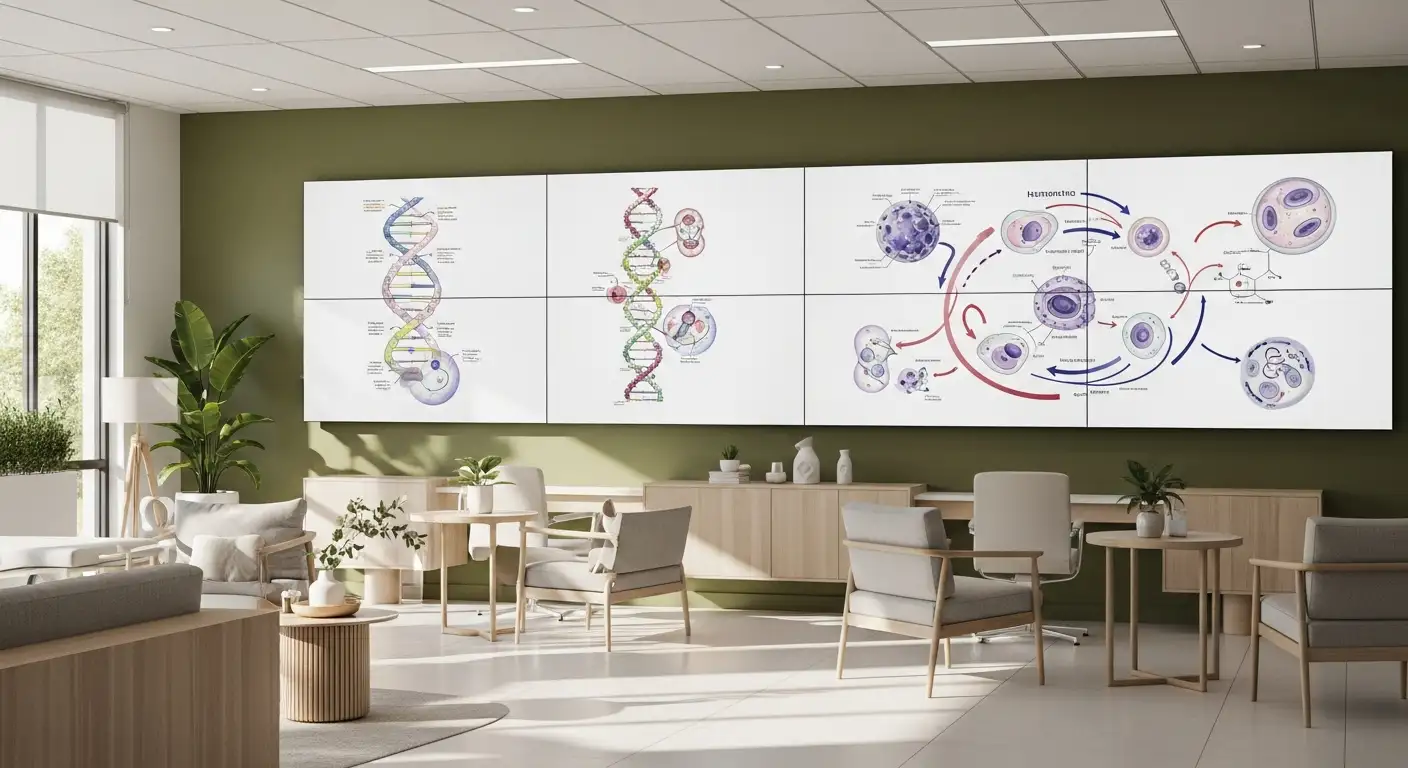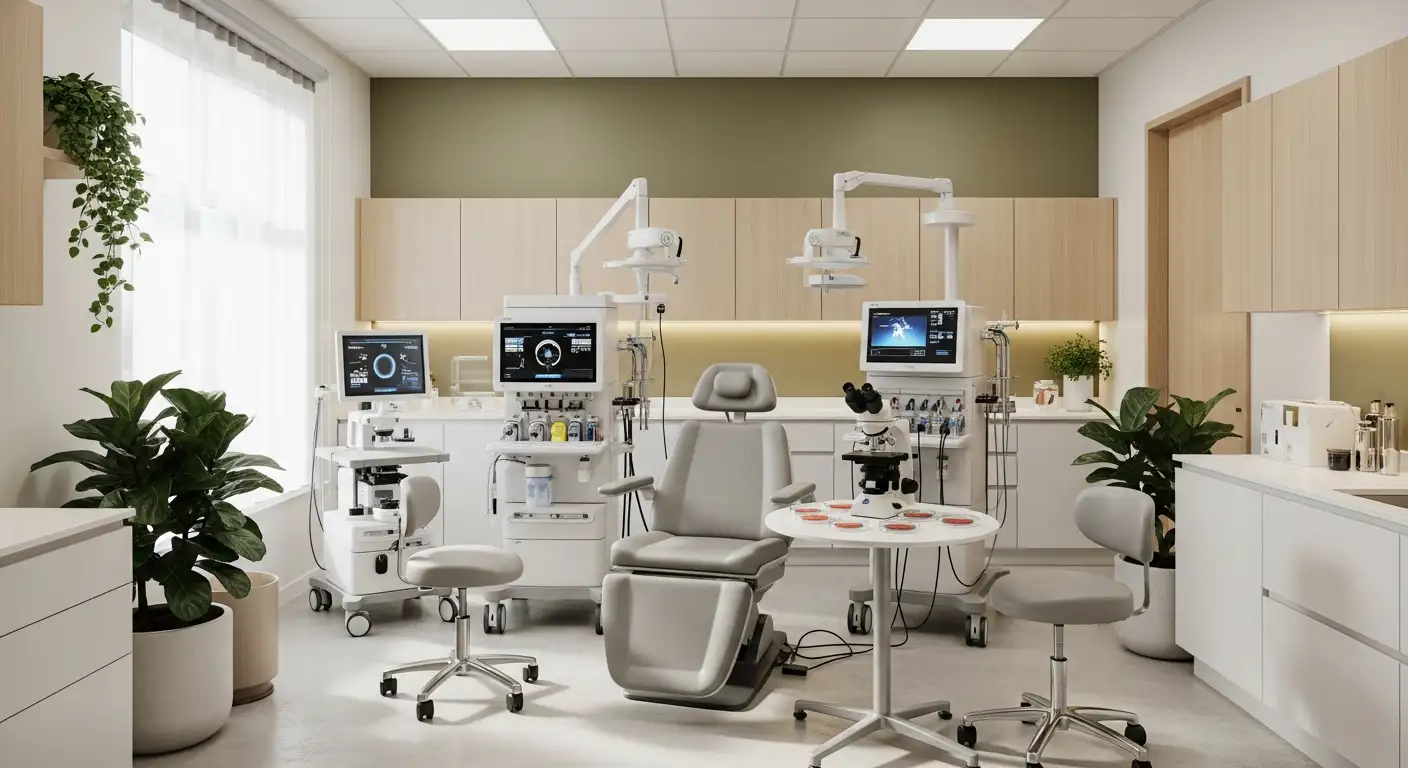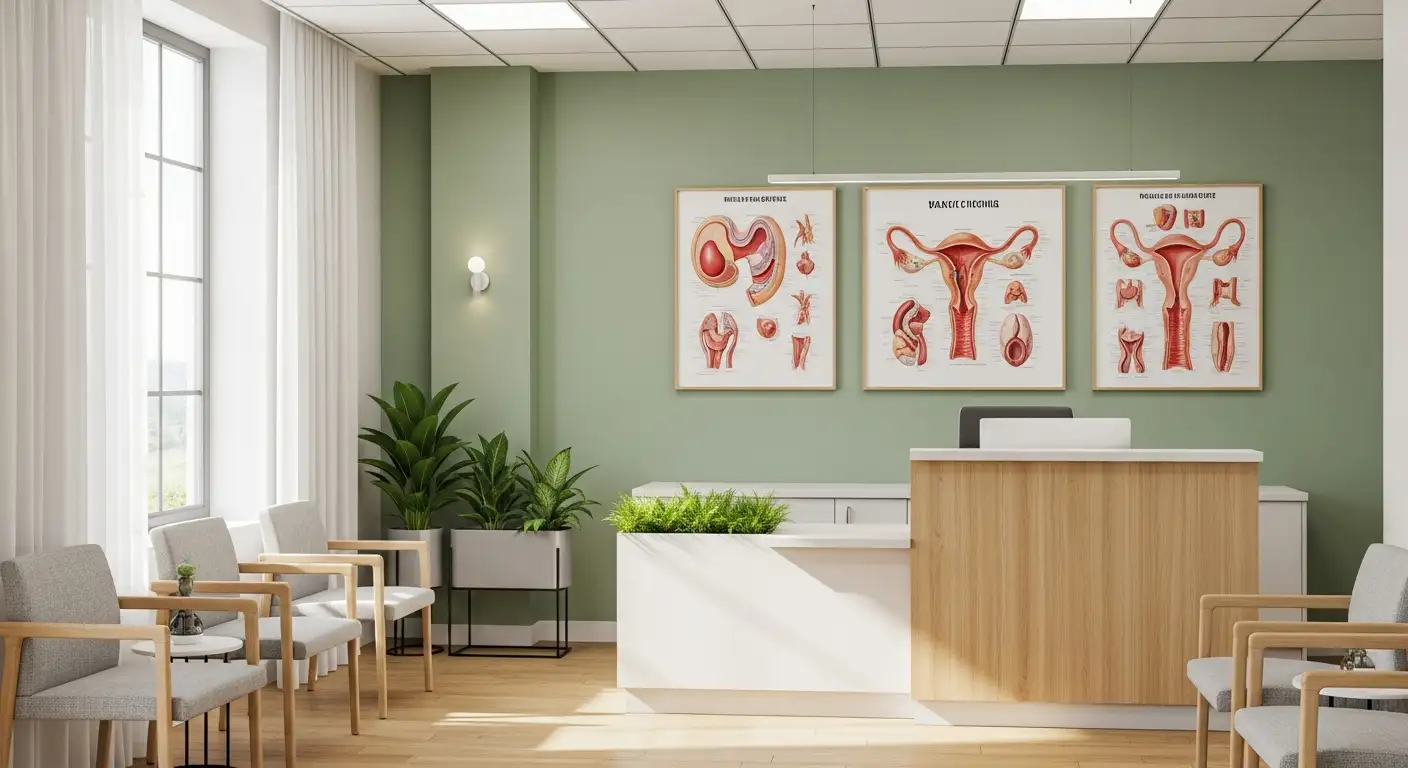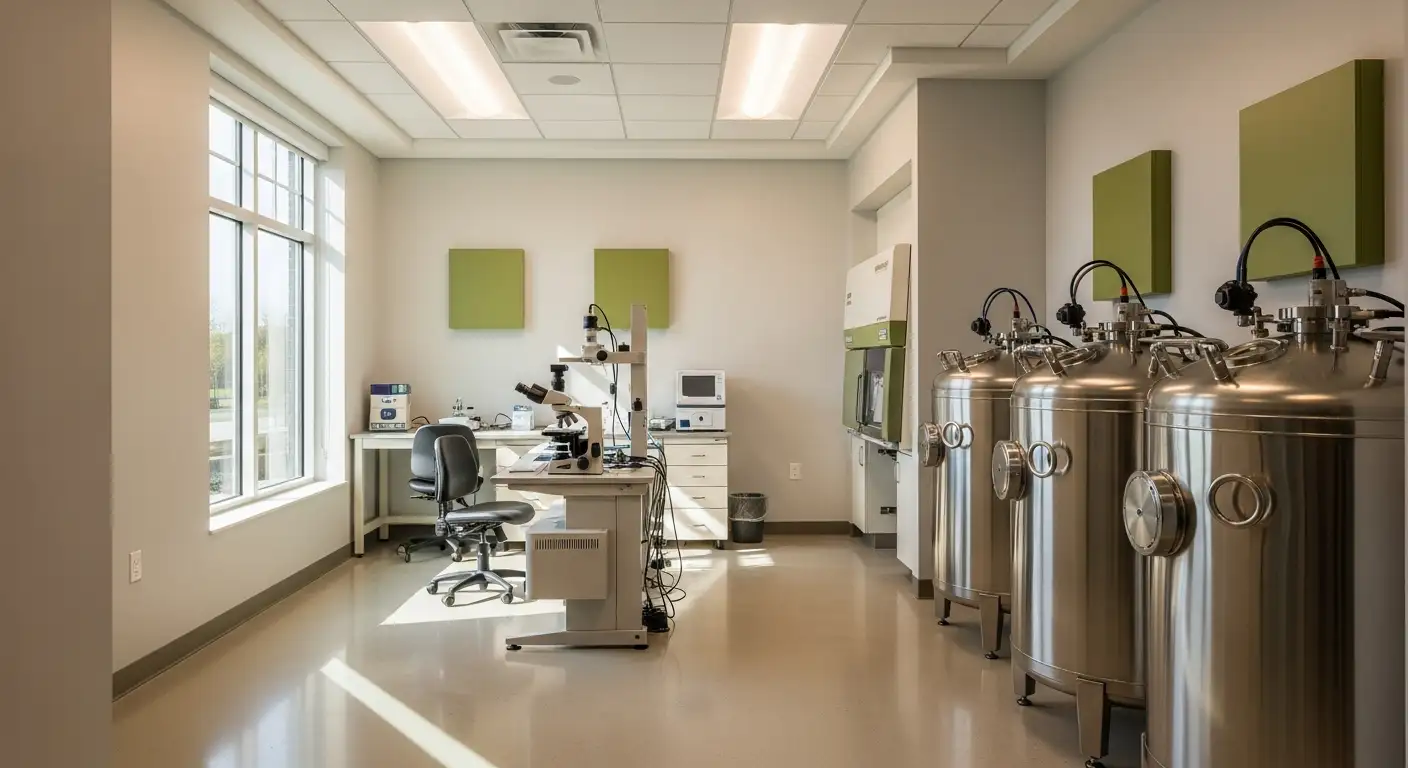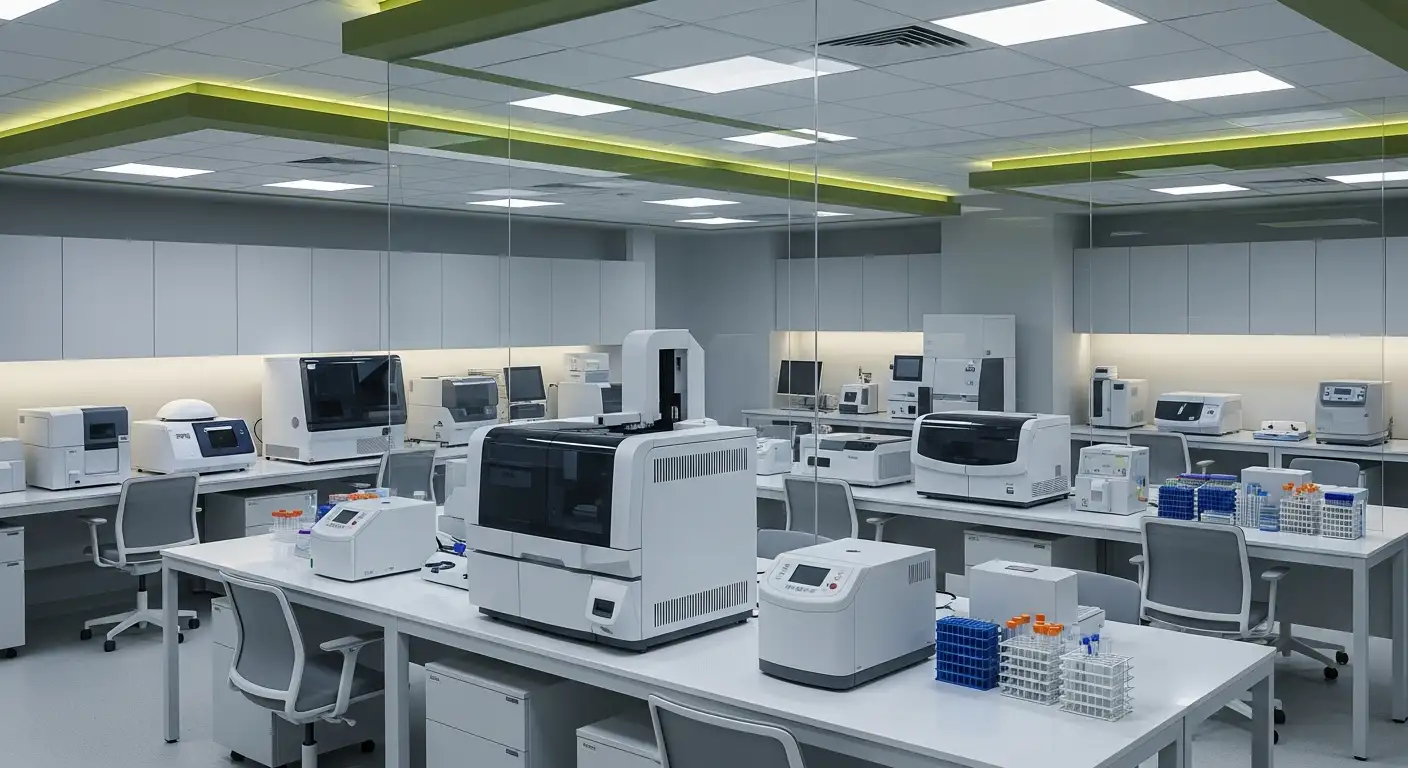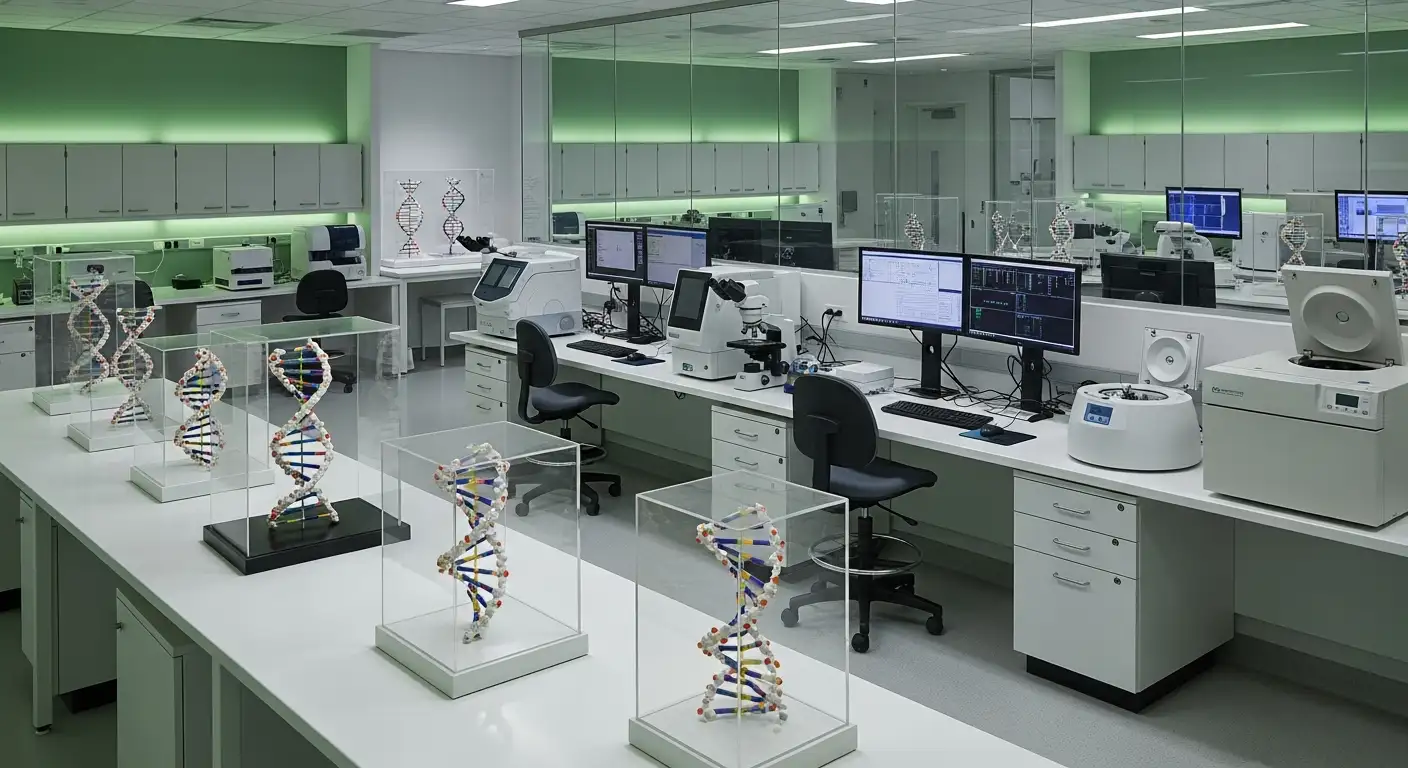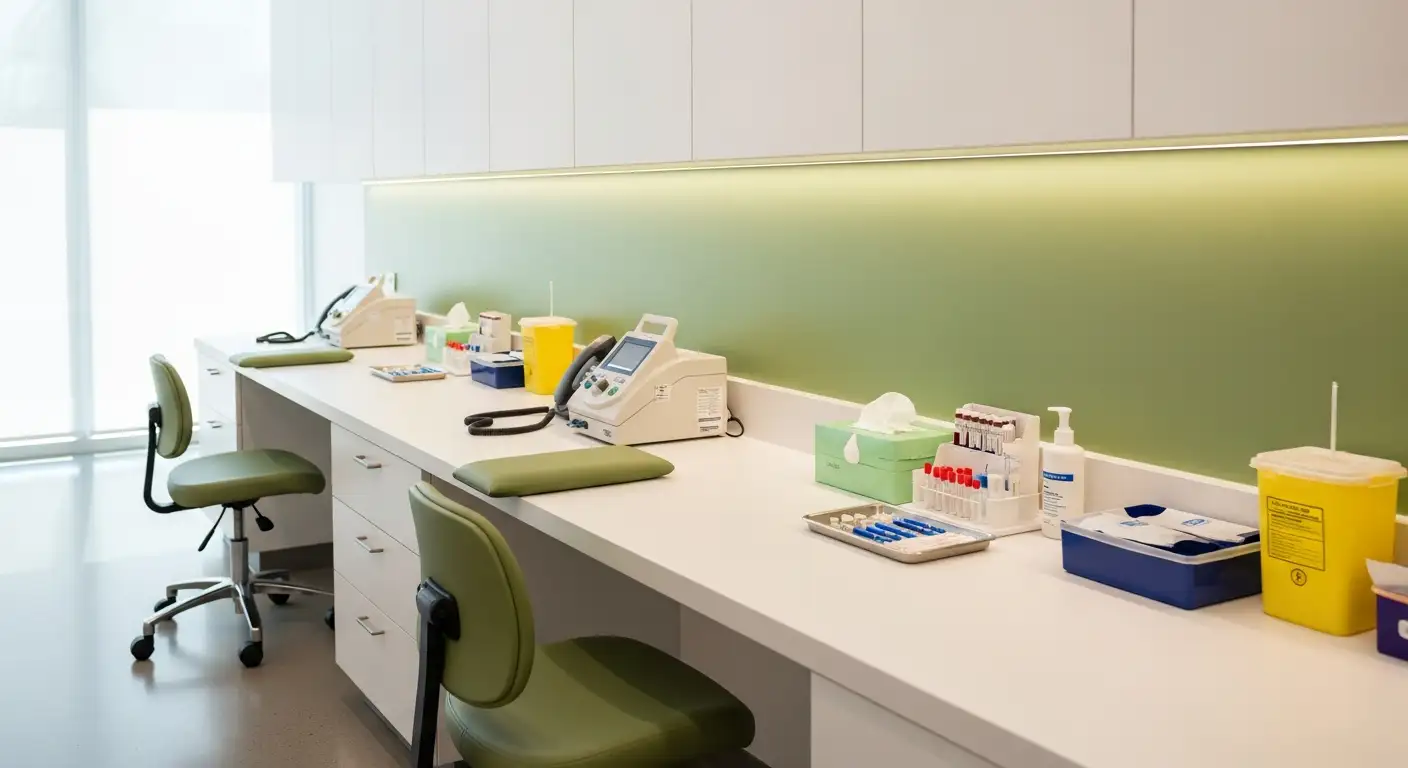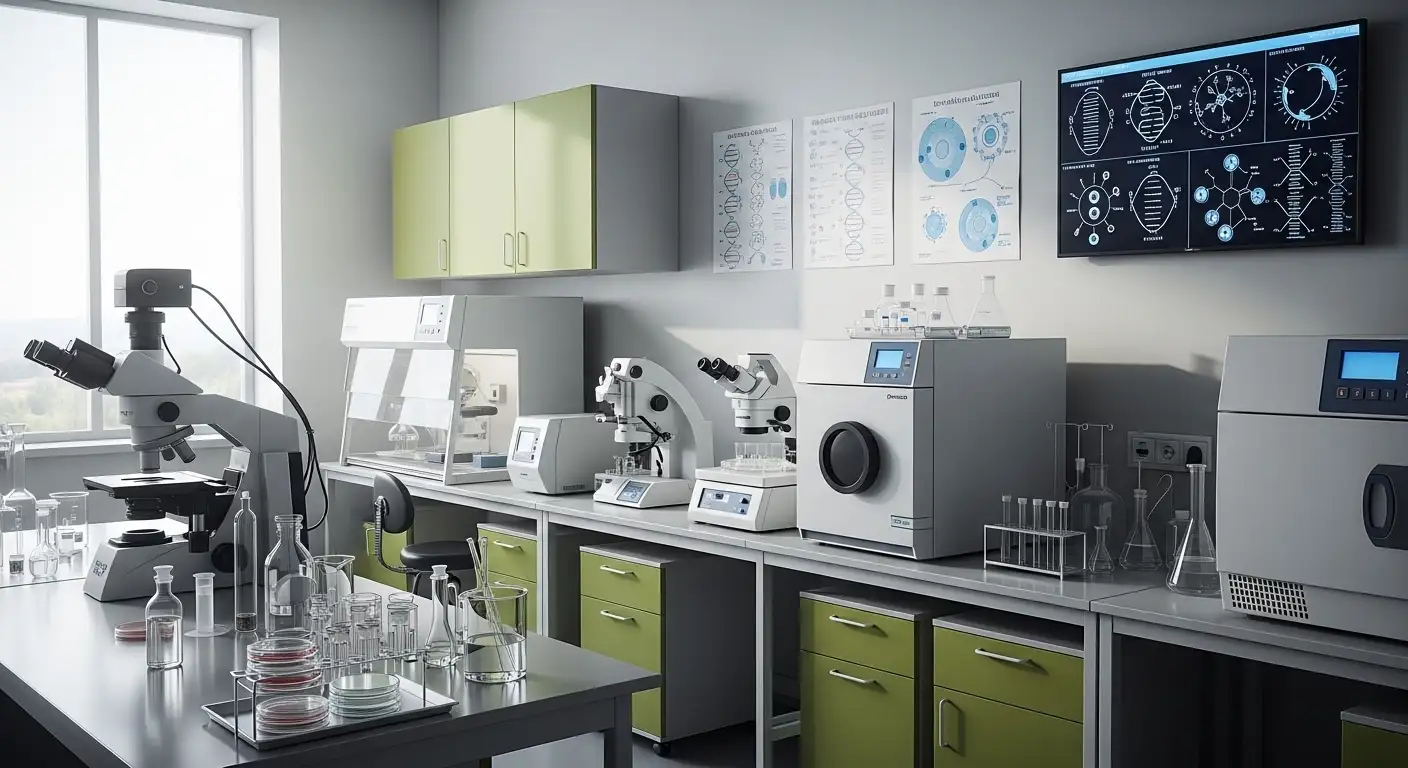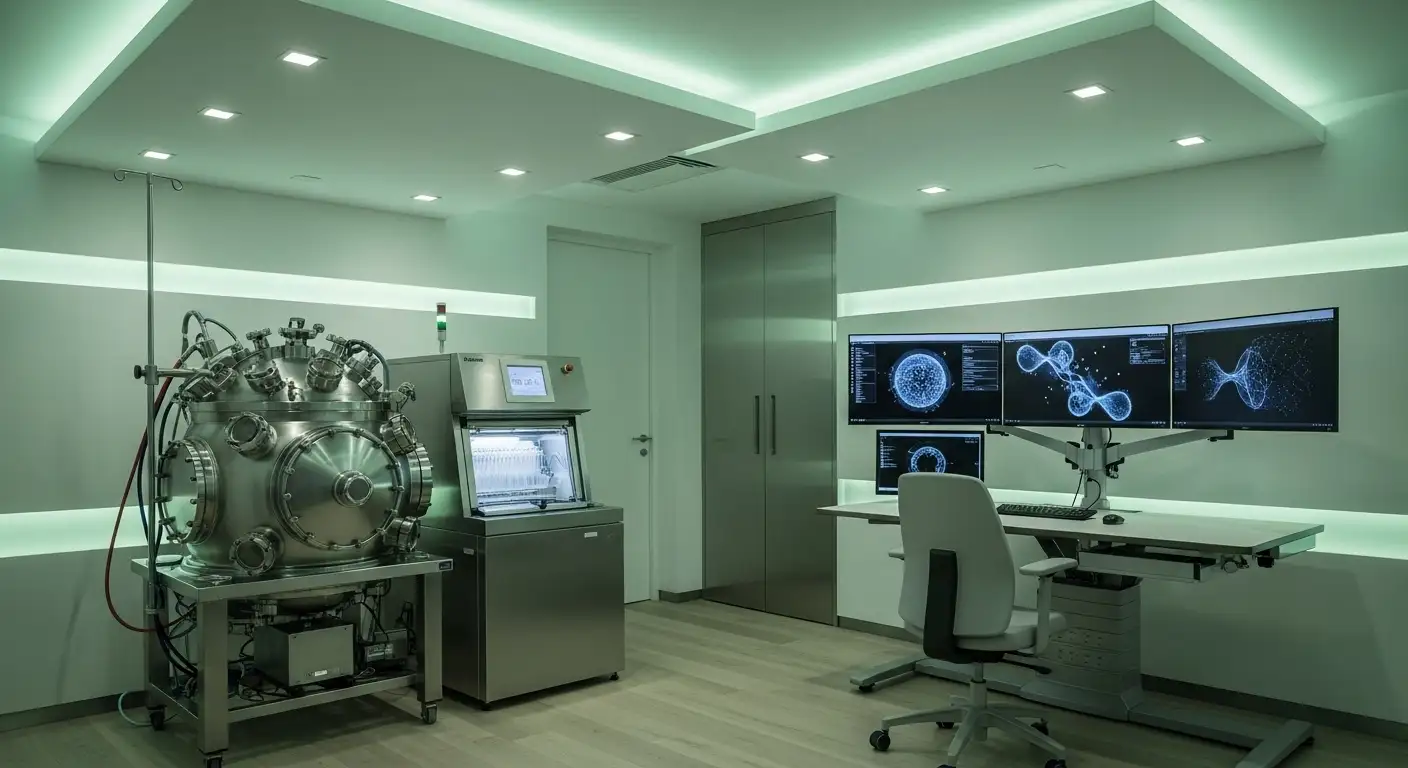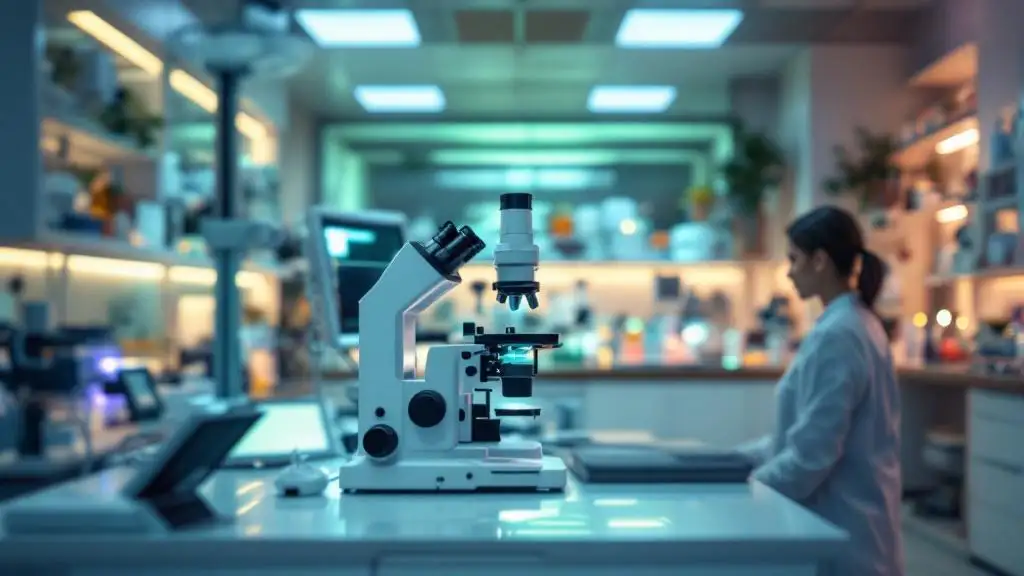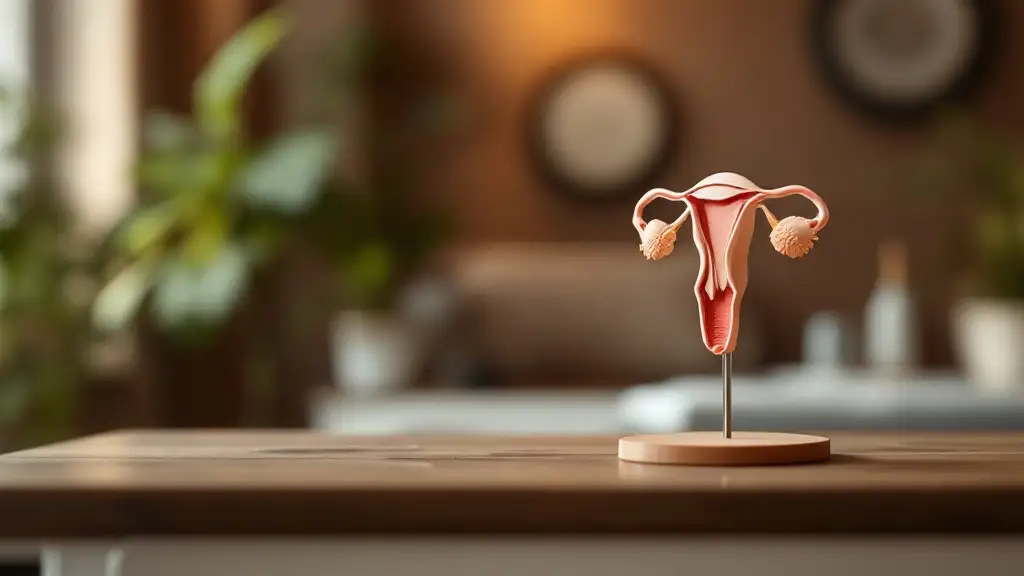How PRP treatment supports uterine lining development
Harnessing the Regenerative Power of PRP to Enhance Uterine Receptivity

Understanding PRP and Its Role in Reproductive Medicine
Platelet-Rich Plasma (PRP) has emerged as a promising regenerative therapy in fertility treatments, particularly for women struggling with thin endometrial lining or recurrent implantation failure. Derived from a patient's own blood, PRP is concentrated with growth factors that stimulate tissue regeneration, angiogenesis, and cellular rejuvenation. This article explores the mechanisms by which PRP supports uterine lining development, reviews scientific evidence of its efficacy, and discusses its role in improving fertility outcomes.
The Process of PRP Treatment for Endometrial Enhancement
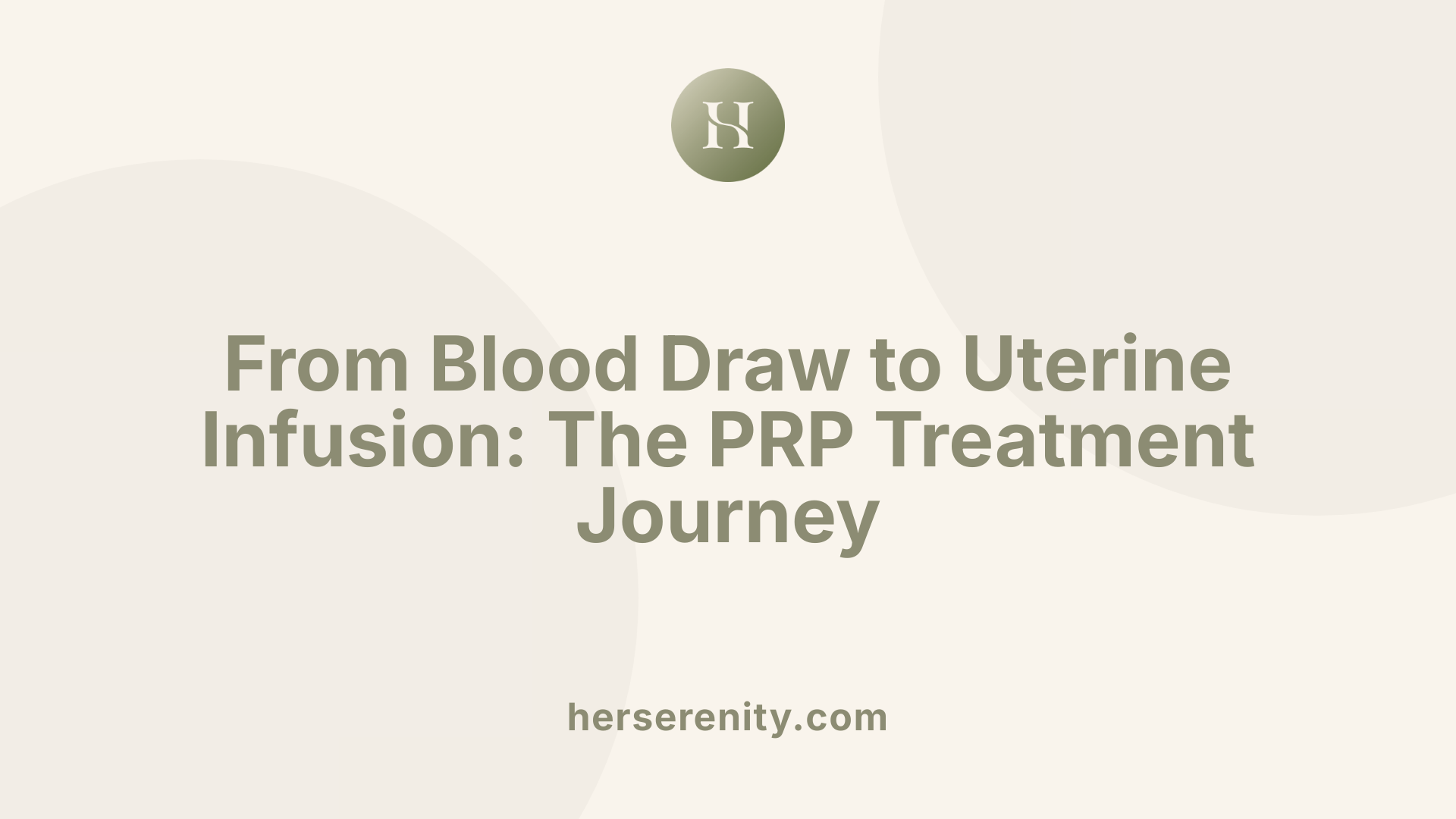
Blood collection and centrifugation
The first step in PRP therapy involves drawing a small volume of blood from the patient, usually between 10 to 30 milliliters. This blood contains the patient's own platelets and growth factors necessary for tissue regeneration. The collected blood is then processed through centrifugation, a technique that spins the blood at high speed to separate its components. Typically, a double-centrifugation method is used to concentrate the platelets, resulting in platelet-rich plasma (PRP) with a high density of growth factors like VEGF, PDGF, and TGF-beta.
Preparation of PRP and activation methods
Once isolated, the PRP is often activated to stimulate the release of growth factors. Activation can be achieved using agents such as calcium chloride or thrombin, which degranulate the platelets and enhance the release of regenerative proteins. This activated PRP is then prepared for infusion. Studies have shown that activated PRP contains levels of growth factors significantly higher than usual plasma, promoting robust tissue repair.
Injection procedure schedule and technique
The prepared PRP is infused into the uterine cavity through a thin catheter. The timing of the injection is crucial; most protocols recommend administering the PRP on days 11 and 12 of the woman’s menstrual cycle, with some repeating the infusion on days 13 and 14 to maximize effectiveness. The procedure is minimally invasive and generally performed under ultrasound guidance to ensure precise delivery into the basal layer of the endometrium.
Goals of increasing endometrial thickness and vascularity
The primary goal of intrauterine PRP treatment is to promote endometrial thickening, striving for a lining greater than 7 mm, which is considered more receptive for embryo implantation. Additionally, PRP stimulates angiogenesis, leading to increased blood flow and better nutrient delivery to the endometrial tissue. This enhanced environment supports embryo attachment and improves overall pregnancy success rates, especially in women with thin endometrium or repeated implantation failures.
How Platelet-Rich Plasma Supports Endometrial Development
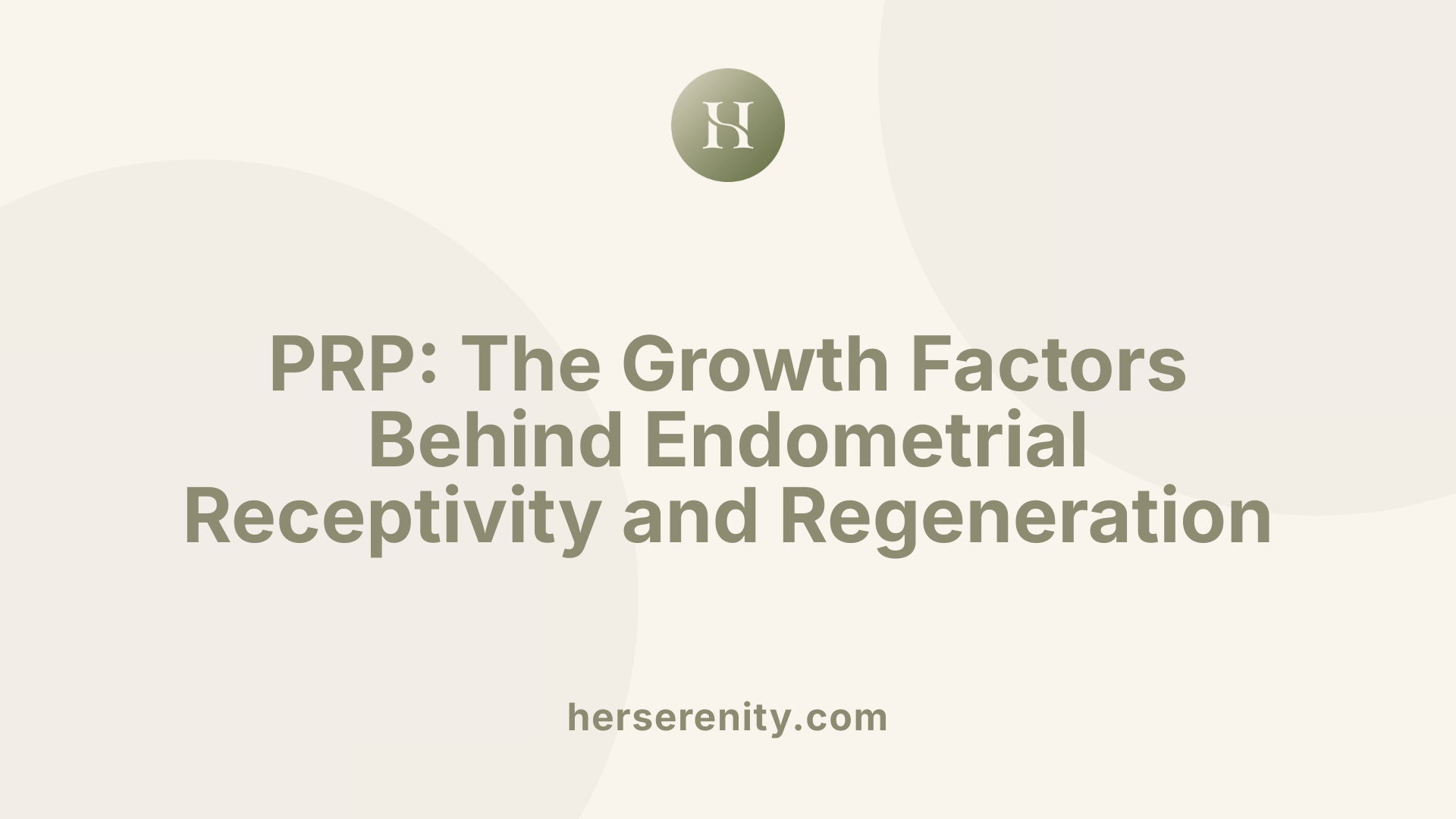
What is platelet-rich plasma (PRP) treatment for the uterus, and how does it support endometrial development?
Platelet-rich plasma (PRP) therapy involves drawing blood from the patient, processing it via centrifugation to concentrate the platelets and growth factors, and then injecting this enriched plasma into the uterine lining. This treatment aims to promote tissue regeneration, increase endometrial thickness, and enhance blood flow within the uterus. The growth factors released from the platelets stimulate cellular rejuvenation and vascular development, which are essential for a receptive uterine environment.
PRP can be applied at different points in the menstrual cycle, either during or after menstruation, to optimize its effects. It is also used in ovarian rejuvenation to improve egg quality and quantity, adding further support to fertility efforts. The overall goal is to improve the conditions for embryo implantation, particularly in women with a persistently thin endometrium or those experiencing recurrent implantation failure.
Growth factors in PRP (VEGF, EGF, PDGF, TGF)
PRP contains several powerful growth factors that promote endometrial health:
| Growth Factor | Role in Endometrial Support | Levels in PRP Compared to Normal Plasma |
|---|---|---|
| Vascular Endothelial Growth Factor (VEGF) | Stimulates blood vessel formation and neovascularization | 2.4 times higher |
| Epidermal Growth Factor (EGF) | Promotes cell proliferation and repair | Elevated in PRP |
| Platelet-Derived Growth Factor (PDGF) | Aids tissue regeneration and cell growth | 2.8 times higher (PDGF-BB) |
| Transforming Growth Factor (TGF) | Facilitates tissue repair and immune modulation | Increased in PRP |
These growth factors work synergistically to enhance the structural and functional integrity of the endometrial tissue.
Cell proliferation and tissue regeneration
PRP stimulates the proliferation of endometrial cells, encouraging regeneration of the tissue lining the uterus. This process helps rebuild an adequate and healthy endometrial environment capable of supporting embryo implantation.
Promotion of angiogenesis and microcirculation
A significant benefit of PRP treatment is its capacity to increase blood flow through the development of new micro-vessels. Enhanced vascularization ensures adequate oxygen and nutrient delivery, which are critical for a healthy endometrial lining and successful pregnancy outcomes.
Support for endometrial receptivity
By improving tissue thickness, reducing fibrosis, and modulating immune responses within the uterus, PRP enhances endometrial receptivity. Studies show that after PRP infusion, women with previously inadequate endometrial development experience higher pregnancy and live birth rates. Moreover, PRP decreases inflammatory markers and adjusts immune cell populations, such as NK cells and T cells, creating a more favorable environment for implantation.
| Outcome | Effect of PRP | Evidence from Studies |
|---|---|---|
| Endometrial thickness | Increased | All patients in recent studies reached more than 7 mm |
| Pregnancy rate | Elevated | 50% achieved pregnancy after PRP in recent trials |
| Live birth rate | Improved | Higher compared to controls in systematic reviews |
In conclusion, autologous PRP provides an innovative, non-invasive way to enhance the uterine environment, making it a promising option for women struggling with thin endometrium and implantation failures. Its rich composition of growth factors acts directly on tissue regeneration, vascularization, and immune modulation, paving the way for improved fertility outcomes.
Evidenced Increase in Endometrial Thickness Through PRP
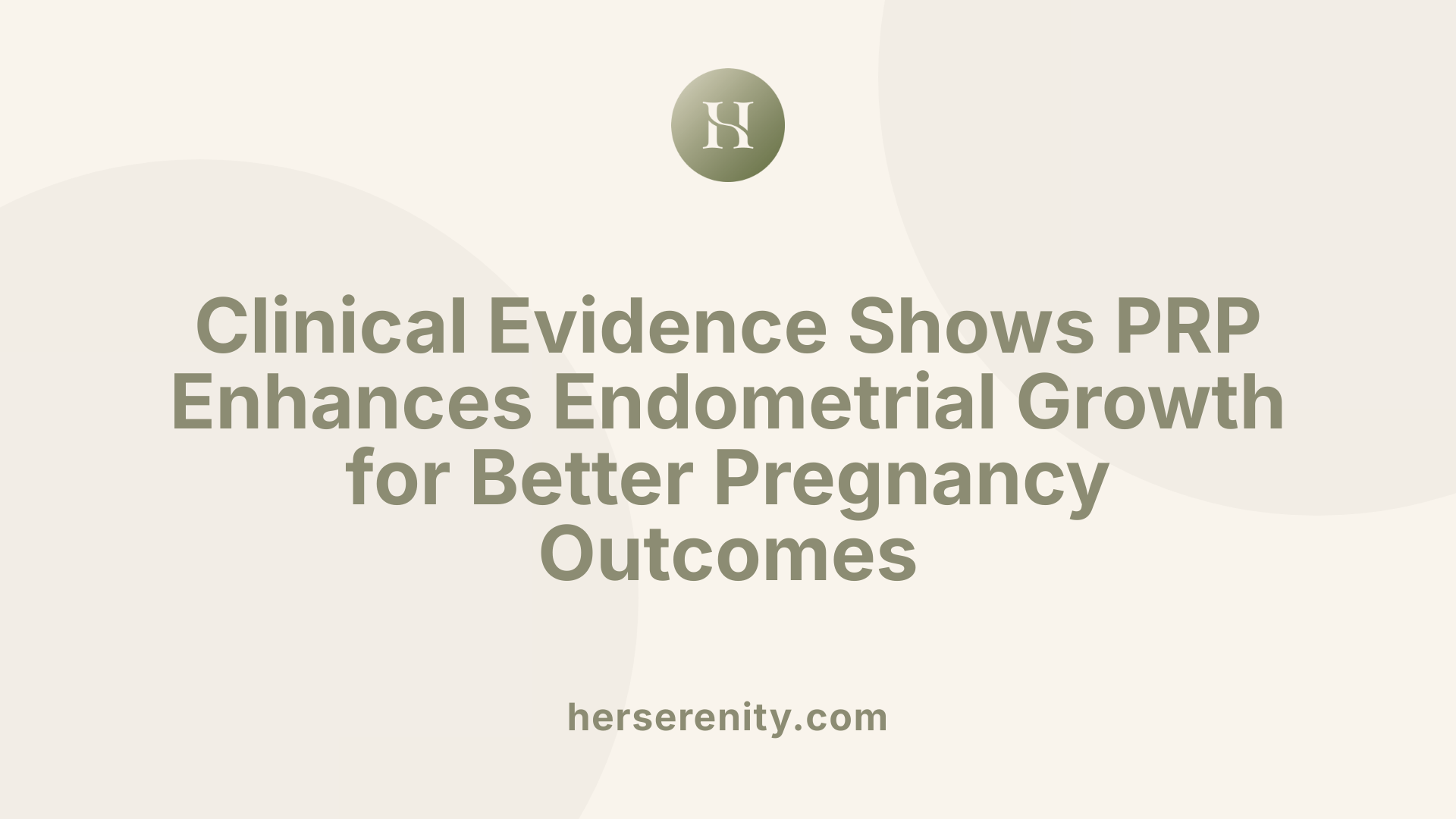 The use of platelet-rich plasma (PRP) has demonstrated a tangible increase in endometrial thickness among women with thin uterine linings. On average, studies report an enhancement of approximately 0.6 mm in endometrial thickness following PRP treatment. For example, initial measurements of the endometrium, typically less than 7 mm in cases of thin lining, have increased to over 7 mm post-treatment. Specifically, one study observed an increase from about 6.8 mm to 7.4 mm, reflecting a statistically significant improvement.
The use of platelet-rich plasma (PRP) has demonstrated a tangible increase in endometrial thickness among women with thin uterine linings. On average, studies report an enhancement of approximately 0.6 mm in endometrial thickness following PRP treatment. For example, initial measurements of the endometrium, typically less than 7 mm in cases of thin lining, have increased to over 7 mm post-treatment. Specifically, one study observed an increase from about 6.8 mm to 7.4 mm, reflecting a statistically significant improvement.
In women with particularly inadequate endometrial development—those with initial thicknesses below 7 mm—PRP infusions have yielded more pronounced results. The endometrial thickness in these patients rose to an average of 8.67 mm after treatment, considerably improving conditions for embryo implantation.
This enhancement in lining thickness is not merely a physical change but translates into better fertility outcomes. All patients in the studied cohort experienced increased endometrial measurements post-PRP, and the growth to a more receptive lining (over 7 mm) correlated with higher pregnancy success rates.
These results underscore PRP's role as a regenerative therapy, promoting tissue proliferation and vascularization within the endometrium. The statistically significant improvements, supported by multiple clinical trials, affirm that PRP can effectively support women facing challenging reproductive hurdles due to thin endometrial linings.
In conclusion, PRP therapy offers a promising, natural approach to enhance endometrial growth, thereby improving the chances of successful embryo transfer and pregnancy in affected women.
Mechanisms by Which PRP Enhances Endometrial Microcirculation and Thickness
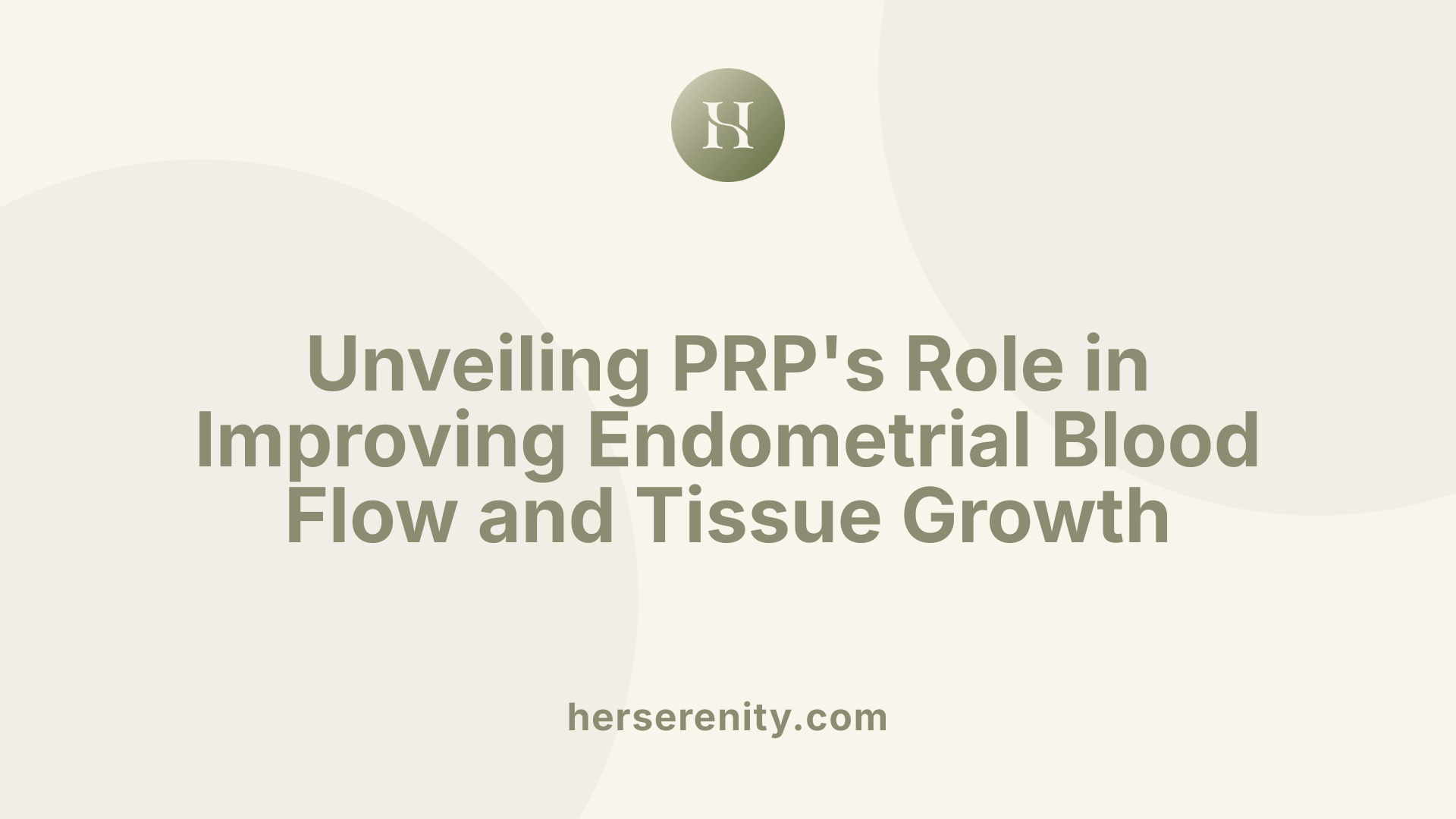 PRP (Platelet-Rich Plasma) plays a significant role in improving endometrial thickness and microcirculation, especially in women with thin or refractory endometrium. This is mainly due to its rich composition of growth factors such as VEGF (vascular endothelial growth factor), PDGF (platelet-derived growth factor), TGF (transforming growth factor-beta), and EGF (epidermal growth factor). These growth factors work synergistically to promote cellular activities that lead to tissue regeneration.
PRP (Platelet-Rich Plasma) plays a significant role in improving endometrial thickness and microcirculation, especially in women with thin or refractory endometrium. This is mainly due to its rich composition of growth factors such as VEGF (vascular endothelial growth factor), PDGF (platelet-derived growth factor), TGF (transforming growth factor-beta), and EGF (epidermal growth factor). These growth factors work synergistically to promote cellular activities that lead to tissue regeneration.
One primary mechanism is the stimulation of angiogenesis, the process of forming new blood vessels, which is heavily driven by VEGF. This microvascular growth enhances blood flow within the endometrial tissue, delivering essential nutrients and oxygen needed for tissue development.
At the cellular level, PDGF and TGF encourage cell proliferation, which leads to thickening of the endometrial lining. PDGF, in particular, activates endometrial stromal cells and stimulates the growth of new blood vessels, while TGF aids in tissue remodeling and extracellular matrix deposition.
The increase in blood vessel density and blood flow is associated with improved endometrial receptivity, a crucial factor for successful embryo implantation. The enhanced microcirculation also helps reduce tissue hypoxia and supports ongoing tissue repair.
PRP's effect extends to reducing fibrosis and promoting tissue healing by stimulating collagen production and extracellular matrix formation. Its anti-inflammatory properties further support the regeneration process, minimizing scarring and restoring normal tissue architecture.
Clinical results align with these mechanisms, showing an average increase of about 0.6 to 1.23 mm in endometrial thickness after PRP infusion. Doppler studies confirm that blood flow within the endometrium improves significantly after treatment.
Research also indicates that PRP's multifaceted effects—combining growth factor-induced proliferation, angiogenesis, and anti-inflammatory actions—collectively enhance the uterine environment, offering better conditions for embryo implantation. These mechanisms support the growing body of evidence validating PRP as an effective tool for treating thin or damaged endometrial tissue.
| Mechanisms | Effects | Underlying Growth Factors | Evidence |
|---|---|---|---|
| Angiogenesis | Formation of new blood vessels | VEGF | Improved blood flow and nutrient delivery |
| Cell proliferation | Thickening of endometrial lining | PDGF, TGF | Increased endometrial thickness |
| Tissue remodeling | Reduced fibrosis, enhanced healing | TGF, FGF | Better tissue quality |
| Anti-inflammatory | Minimized scarring | Cytokines | Improved tissue regeneration |
| Collagen synthesis | Support for tissue repair | TGF, IGF | Enhanced tissue integrity |
In conclusion, PRP exerts its beneficial effects through stimulating angiogenesis, promoting cellular proliferation, and supporting tissue repair, culminating in increased endometrial thickness and improved microcirculation.
Lifestyle, Diet, and Uterine Lining Growth

Can lifestyle or diet influence the growth of the uterine lining for fertility?
Yes, the choices we make regarding lifestyle and diet can significantly affect the growth of the uterine lining, which is crucial for successful pregnancy. A nutritious diet rich in specific nutrients supports overall reproductive health.
Eating foods high in L-arginine, an amino acid that improves blood flow, can promote better uterine development. Incorporating plenty of fruits, vegetables, whole grains, and healthy fats ensures the body receives essential vitamins and minerals needed for tissue growth and repair.
Managing stress through relaxation techniques like yoga, meditation, or deep-breathing exercises can help balance hormone levels, fostering an environment conducive to uterine lining development. Regular physical activity improves blood circulation, further supporting uterine health.
It’s also beneficial to reduce or avoid substances that may disrupt hormonal balance. Excessive alcohol intake, caffeine, and highly processed foods can negatively impact reproductive functions and should be limited.
By adopting a supportive lifestyle—maintaining a balanced diet, managing stress, and avoiding harmful substances—women can create a more favorable environment for uterine lining growth. These adjustments not only promote tissue regeneration but can also enhance overall fertility, making treatments like PRP more effective in supporting uterine health.
Supporting Uterine Receptivity with PRP: A Promising Fertility Ally
PRP treatment represents a significant advancement in fertility medicine, especially for women facing challenges with thin endometrial lining or recurrent implantation failure. Its ability to stimulate endometrial proliferation, improve microcirculation, and modulate the immune environment creates a more welcoming uterine landscape for embryo implantation. Clinical evidence supports its safety, efficacy, and potential to enhance fertility outcomes when applied appropriately. Combining PRP therapy with optimized lifestyle choices can further bolster reproductive success. As ongoing research continues to elucidate its mechanisms and benefits, PRP offers a promising, minimally invasive option for women seeking to improve their chances of successful pregnancy.
References
- Treatment of thin endometrium with autologous platelet-rich plasma
- prp treatment and ivf - New Hope Fertility
- Efficacy of platelet-rich plasma in the treatment of thin endometrium
- How platelet-rich plasma (PRP) intra-uterine injection improve ...
- PRP and the thin endometrium — W.H.M - Women's Health Melbourne
- Hysteroscopic injections of autologous endometrial cells and ...
- Platelet-Rich Plasma as a Potential New Strategy in the ... - Frontiers
- Regenerative treatment with endometrial PRP | Tambre
